How to Mount a Pasta Machine
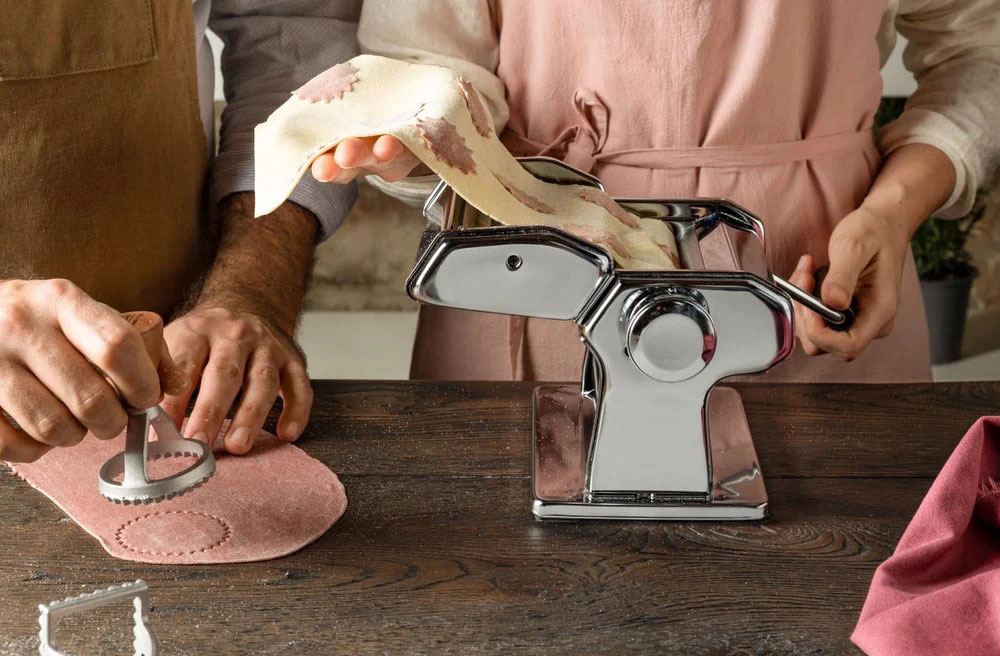
Introduction: The Art of Perfectly Mounted Pasta Machines
Mounting a pasta machine correctly is an essential step in ensuring the process of making fresh pasta is both efficient and enjoyable. While it may seem like a simple task, proper mounting makes a significant difference in the machine's functionality, reducing strain on its components and allowing for smooth, consistent pasta preparation. Whether you're a home cook or a professional, understanding the intricacies of setting up your pasta machine can greatly improve your pasta-making experience and ensure its long-term durability.
Why Proper Mounting is Essential for Your Pasta Machine
Mounting your pasta machine correctly is crucial for achieving the best results. A properly secured machine provides stability during use, which directly impacts the quality of your pasta. Without a stable setup, the machine may shift, wobble, or move, leading to uneven dough rolling and inconsistent cutting. Furthermore, improper mounting can cause wear on the machine's internal components, resulting in premature breakdowns. By mounting the machine securely, you protect your investment, extend its lifespan, and ensure smooth and perfect pasta every time.
Understanding Your Pasta Machine: Key Components and Parts
Before diving into the mounting process, it’s important to familiarize yourself with the key components of your pasta machine. Most manual pasta machines consist of the following parts:
- Rollers: These are used to flatten the dough.
- Cutters: Responsible for shaping the dough into various pasta forms, such as fettuccine, spaghetti, or tagliatelle.
- Handle: A crank handle that turns the rollers to feed the dough through.
Understanding these components helps you realize how the machine operates and how it should be mounted to ensure optimal performance. The stability and alignment of these parts directly affect the quality of your pasta.
Choosing the Right Location for Mounting Your Pasta Machine
Choosing the correct location for mounting your pasta machine is crucial for smooth operation. The location should provide a sturdy, stable surface that can support the weight of the machine while allowing for adequate movement. Ideally, you should mount the pasta machine in a space where you can comfortably access your ingredients and work with the dough. Countertops or tables near your cooking area are typically the best choices. Avoid mounting in areas prone to vibrations or with limited space, as this can interfere with the machine's functionality.
Tools You’ll Need for the Installation Process
Mounting your pasta machine doesn’t require an extensive toolkit, but having the right tools on hand will make the process much easier. Here’s what you will need:
- Measuring tape: To ensure accurate placement.
- Wrench or screwdriver: To tighten any screws or bolts.
- Level: To check that the machine is mounted correctly and is even.
Some pasta machines come with mounting kits that include clamps and screws tailored to their design. Be sure to check your machine's manual to see if special tools or accessories are required.
Step-by-Step Guide to Mounting Your Pasta Machine
Choose Your Mounting Surface
Select a stable surface, such as a countertop or heavy table, that can support the machine’s weight and the pressure you’ll apply while using it. The surface should be flat and smooth for optimal stability.
Position the Pasta Machine
Place the pasta machine in the desired location on the surface, ensuring it's within easy reach for handling dough and ingredients.
Align the Mounting Mechanism
Align any screws, bolts, or clamps with the surface. Make sure the pasta machine is level and that the mounting points are in the right position.
Secure the Pasta Machine
Tighten the screws or clamps to secure the machine firmly to the surface. Ensure the machine is tightly fixed to prevent any wobbling or shifting during use.
Check for Stability
After securing the machine, use a level to ensure the machine is mounted evenly and that it doesn’t move. Test the machine’s stability by applying gentle pressure on different parts.
Preparing the Surface: What You Need to Know
The surface on which you mount your pasta machine should be flat, dry, and clean. If you’re mounting it on a wooden or laminate countertop, check that the material can support the weight without warping. A smooth surface ensures that the machine remains securely in place. Additionally, consider using a protective mat under the machine to prevent any damage to the surface from screws or clamps.
Aligning the Pasta Machine: Ensuring Stability and Functionality
Alignment is key to the proper functioning of your pasta machine. After positioning the machine, ensure that the rollers are parallel to the surface. Misalignment could cause uneven dough rolling, affecting the thickness of your pasta. Use a ruler or measuring tape to ensure the rollers are set correctly. Proper alignment guarantees that all moving parts are functioning smoothly and without interference.
How to Secure the Pasta Machine: Clamps, Screws, and More
Securing the pasta machine ensures that it stays in place during use, allowing for smooth and consistent operation. Many pasta machines come with clamps or screws for securing the machine to the surface.
- Clamps: Clamps are adjustable and easy to install, allowing for quick attachment and removal.
- Screws: Screws provide a more permanent solution, ensuring the machine remains securely fixed.
If you’re using screws, make sure they are evenly tightened to avoid tilting. Check that the clamps or screws are firmly secured, but be careful not to overtighten, as this may damage the machine or the mounting surface.
Mounting on a Countertop: Tips for a Solid Base
Mounting a pasta machine on a countertop is a popular choice because it provides a stable and accessible surface for operation. When choosing a countertop, opt for solid materials like granite, marble, or thick wood. These materials provide the necessary support and stability. Avoid using fragile surfaces, such as thin plastic or laminate, as they may not hold up well under pressure. Also, make sure the area around the machine is clear of clutter to give you ample space to work.
Mounting on a Table: The Best Practices for Stability
If you prefer mounting your pasta machine on a table, choose one with a solid, heavy base. Lightweight tables may shift or tip during use, especially when applying pressure to the handle. Look for tables with sturdy legs and a smooth surface to ensure stability. Similar to countertop mounting, ensure that the machine is securely attached to prevent accidents.
How to Mount a Pasta Machine on a Wall: Is It Possible?
While it’s less common, some pasta machines can be mounted on the wall. Wall mounting can be a good option for kitchens with limited counter space or for those who prefer a more permanent installation. Specialized wall-mounting brackets or kits are required to support the machine’s weight. However, ensure that the wall is sturdy enough to bear the load. Also, consider the height at which the machine is mounted to ensure comfortable operation.
Ensuring Proper Alignment: Tips for an Efficient Pasta Machine Setup
Proper alignment of the pasta machine is critical for smooth operation. After securing the machine, check that the rollers are parallel to the mounting surface, and ensure that the cutters are aligned with the rollers. Misalignment can lead to uneven pasta thickness or issues with cutting. To check for alignment, use a ruler or measuring tape to confirm that the rollers are evenly spaced and parallel.
Adjusting the Machine’s Height: Finding the Perfect Position
The height at which you mount your pasta machine can greatly affect comfort and ease of use. Ideally, the machine should be positioned at a height that allows you to comfortably work without straining your back. Consider your own height and the height of your countertop or table when determining the perfect position. The machine should be positioned so that you can easily reach the rollers and cutters without bending or leaning.
Testing the Pasta Machine After Mounting: A Step-by-Step Checklist
Once the pasta machine is mounted, it’s time to test it to ensure it is working properly.
1. Check for Stability
Ensure that the machine is securely attached and does not wobble or move.
2. Test the Rollers
Run a small piece of dough through the rollers to check that the dough is flattened evenly.
3. Test the Cutters
Test the cutters by running dough through the machine to make sure it cuts properly and produces the desired shape.
4. Listen for Unusual Noises
Pay attention to any unusual sounds, as they could indicate misalignment or other issues.
Troubleshooting Common Mounting Problems
If the machine isn’t functioning correctly after mounting, there could be several reasons:
- Loose screws or clamps: Check that all screws or clamps are tightly secured.
- Misalignment: Check the alignment of the rollers and cutters.
- Unstable surface: Ensure the surface is level and sturdy. If the surface is unstable, try adjusting the machine’s position.
What to Do if Your Pasta Machine Isn’t Secure After Mounting
If your pasta machine isn’t secure after mounting, the first step is to tighten the screws or clamps. If the machine continues to shift, consider adding extra support, such as a rubber pad or anti-slip mat, beneath the machine to reduce vibrations and increase grip.
Cleaning and Maintaining Your Mounted Pasta Machine
Proper cleaning and maintenance will extend the life of your pasta machine. After each use, wipe down the machine with a dry cloth to remove excess flour and dough. Check the rollers and cutters periodically for any signs of wear. Lubricate the moving parts with food-safe oil to ensure smooth operation. Store the machine in a dry, cool place to prevent rust and corrosion.
How to Store Your Pasta Machine When Not in Use
When not in use, store your pasta machine in a safe, dry location. If the machine is wall-mounted, make sure it is securely stored when not in use. For countertop or table-mounted machines, consider removing the machine after each use and storing it in a cabinet or designated storage area. Always clean the machine before storing it to prevent dough residue from hardening and interfering with its function.
Essential Mounting Tips for Long-Term Durability
For long-term durability, always mount your pasta machine on a stable, level surface. Regularly check the mounting mechanism for wear and tear. Avoid overtightening screws, as this can cause damage to the machine or surface. Keep the machine clean, and lubricate the moving parts regularly to prevent rust and ensure smooth operation.
Conclusion: Enjoying Homemade Pasta with Confidence
By following the proper mounting techniques, you can ensure your pasta machine operates at peak efficiency, allowing you to create perfect homemade pasta with ease. A securely mounted machine enhances both the quality of your pasta and the longevity of your equipment. By carefully setting up and maintaining your pasta machine, you’ll enjoy the process of pasta making for years to come.
Must-Read Blogs For Chain Restaurants Owner








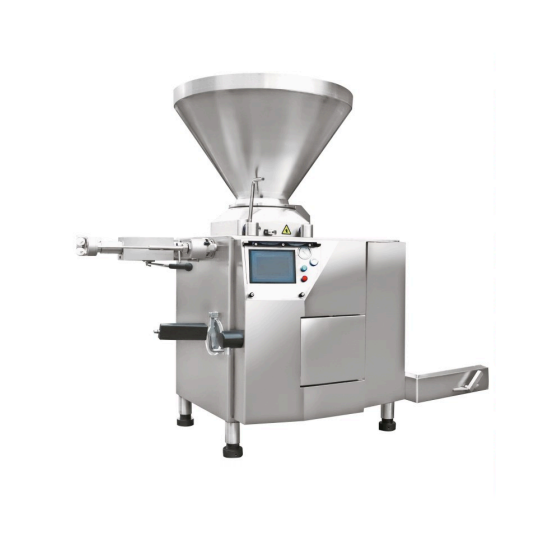
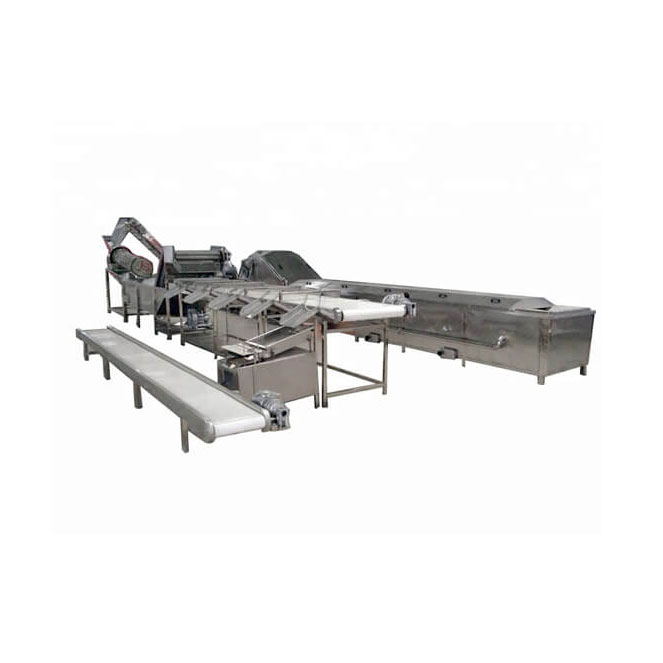
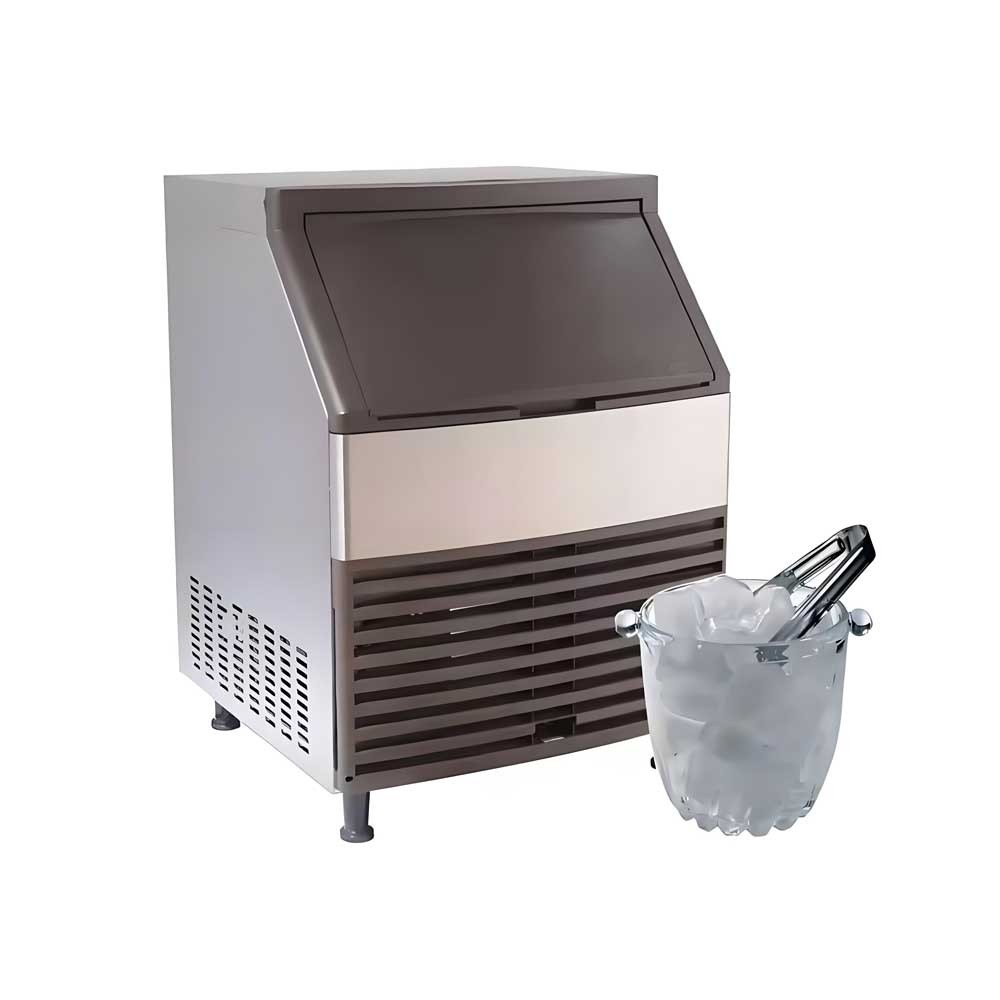
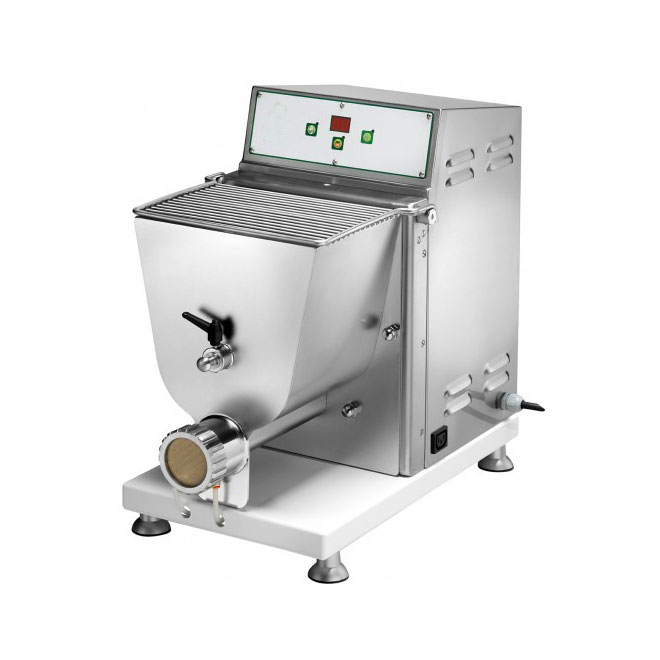 Pasta Machine
Pasta Machine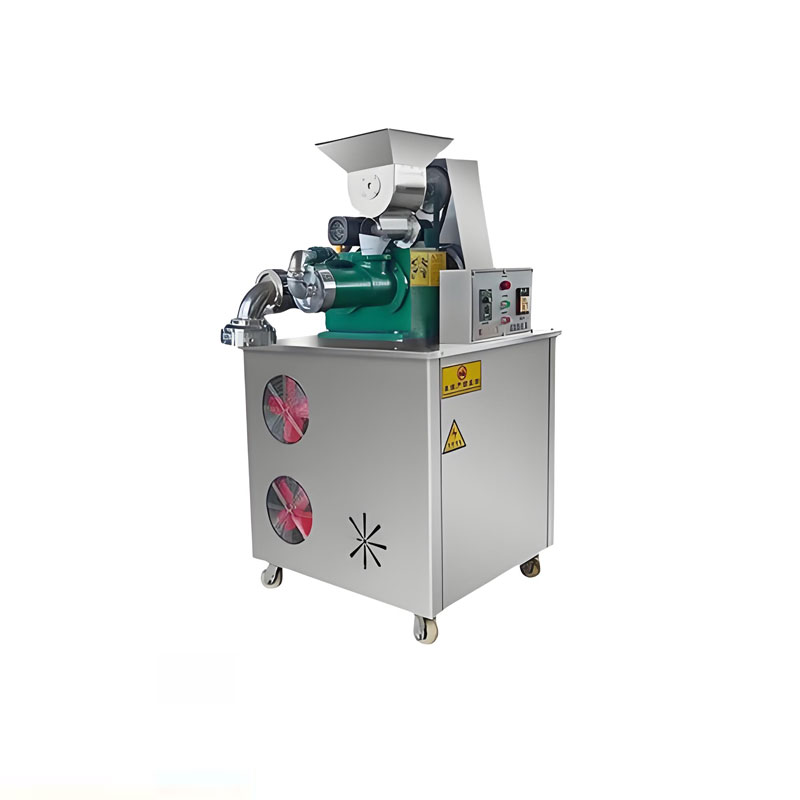 Multifunction Pasta Machine
Multifunction Pasta Machine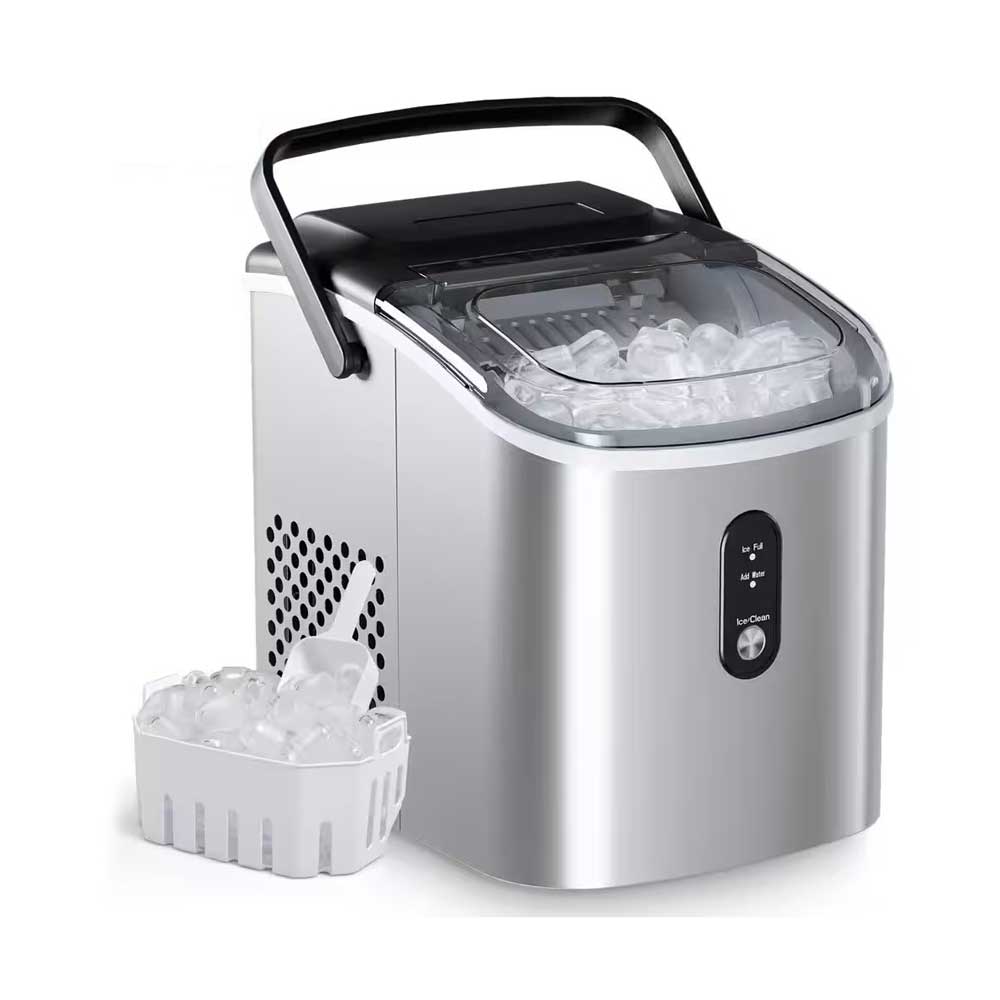 Portable Flake Ice Machine
Portable Flake Ice Machine
Ready to Get Started?